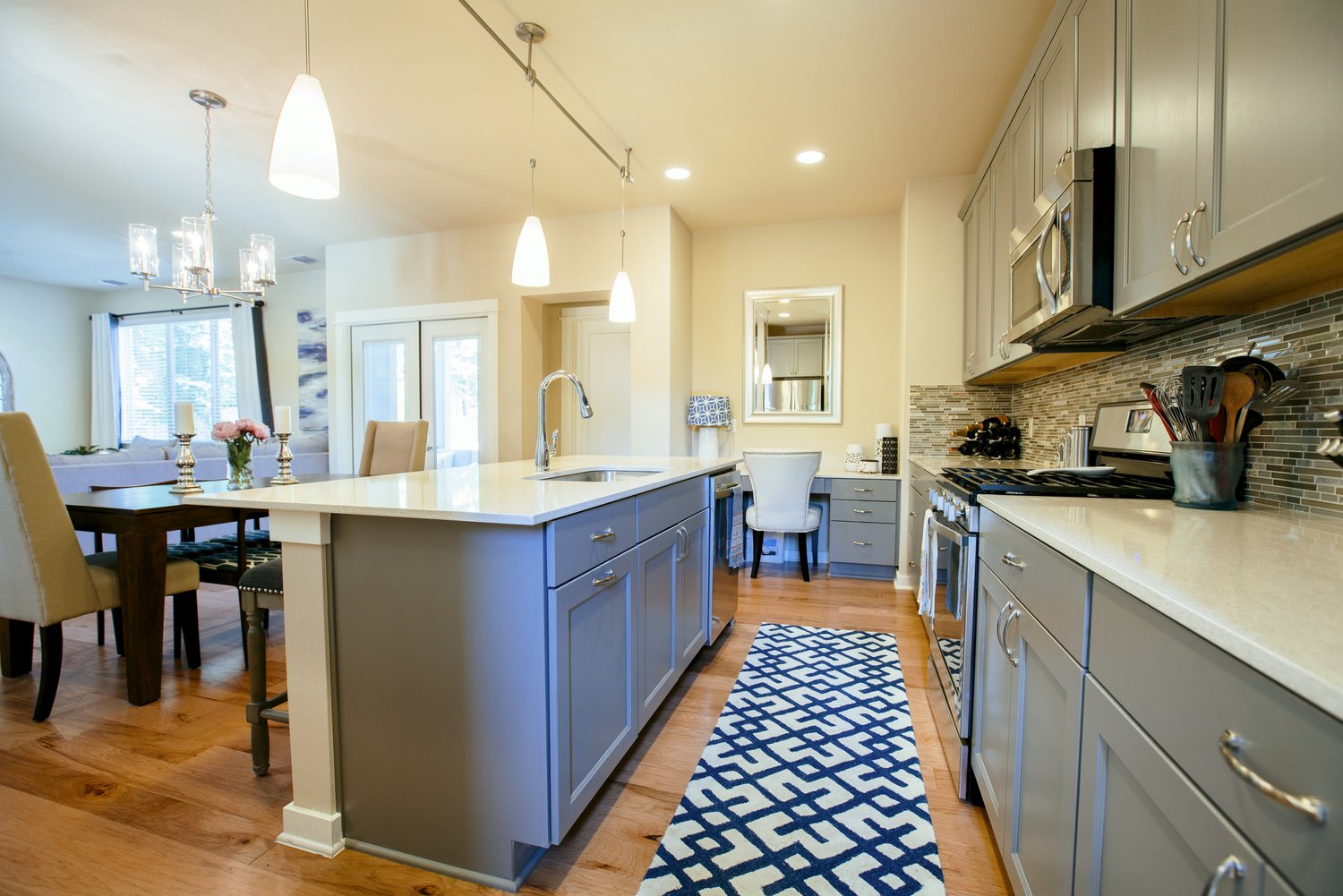When it comes to creating a cohesive and inviting living space, few elements make as significant an impact as the humble rug. These textile floor coverings do far more than just protect your floors—they anchor furniture, define spaces, absorb sound, and inject personality into your home. In this comprehensive guide, we’ll explore how choosing rugs for interior design can transform a room from stark to stunning, provide practical tips on rug size selection, and offer advice on style and area rug placement that will elevate your home’s aesthetic appeal.
Why Rugs Are Essential Design Elements
Rugs serve as foundational pieces in interior design, quite literally grounding your space. They create visual boundaries in open floor plans, helping to delineate functional areas without the need for walls or dividers. Beyond their practical applications, rugs add warmth—both literal and figurative—to any room. The textural contrast between hard flooring and a soft rug creates depth and dimension, while simultaneously providing comfort underfoot. When selecting a style living room rug, consider not just the visual appeal but also how it contributes to the room’s overall feel and atmosphere. A well-chosen rug can tie together disparate elements in a room, creating harmony among furniture pieces, wall colors, and decorative accents. As designers at AskHomey often advise, the right rug doesn’t compete for attention—it complements and enhances the entire space.
Understanding Rug Size Guidelines
One of the most common mistakes in interior design is selecting a rug that’s too small for the space. A comprehensive rug size guide would emphasize that proportion matters tremendously. For living rooms, the ideal rug should be large enough to accommodate at least the front legs of all major furniture pieces. This creates a cohesive seating area that feels intentional and inviting. In dining rooms, ensure your rug extends at least 24 inches beyond the table’s edge on all sides, allowing chairs to remain on the rug even when pulled out. Bedroom rugs should ideally extend 18-24 inches beyond the sides and foot of the bed, though smaller rugs can work well when placed on either side of the bed or at its foot. When working with unusual room dimensions, consider custom-sized rugs that perfectly fit your space rather than settling for standard dimensions that leave awkward gaps or overwhelm the room.
Area Rug Placement Strategies for Different Rooms
Proper area rug placement dramatically affects how a room functions and feels. In living rooms, there are several accepted approaches: all furniture legs on the rug (for larger spaces), front legs only on the rug (for mid-sized rooms), or a smaller rug that unifies just the coffee table and immediate surrounding area (for compact spaces). Hallways benefit from runners that should extend nearly the full length of the corridor but stop short of doorways. In open concept homes, use rugs strategically to create distinct zones while maintaining visual flow—matching colors or complementary patterns can help these spaces feel connected while serving different functions. Don’t overlook transitional spaces like entryways where a well-placed rug not only makes a strong first impression but also serves the practical purpose of collecting dirt from shoes before it spreads throughout your home.
Selecting Materials and Textures
The material of your rug significantly impacts both its appearance and longevity. High-traffic areas demand durable natural fibers like wool or synthetic options such as polypropylene that resist staining and wear. For dining rooms, consider darker patterns that can mask inevitable spills, while bedrooms can accommodate more delicate materials like silk or plush high-pile options that feel luxurious underfoot. When choosing rugs for interior design purposes, texture should never be overlooked—it adds visual interest and tactile comfort. Consider how the rug’s texture contrasts with surrounding surfaces: a sleek leather sofa pairs beautifully with a nubby wool rug, while minimalist, streamlined furniture might be balanced by a shaggy, high-pile floor covering that adds warmth and dimension to the space.
Patterns, Colors, and Style Considerations
Your rug should complement your design scheme while making a statement of its own. When selecting a style living room rug, consider whether you want it to be a focal point or a supporting element. Bold patterns can energize a neutral room, while subtle textures can add depth without overwhelming existing patterns in upholstery or wallpaper. Color theory applies strongly to rugs—cool blues and greens create calm, serene environments, while warm reds and oranges energize a space. Transitional rugs with updated traditional patterns offer versatility that works in both contemporary and classic settings. Remember that rugs don’t exist in isolation; they should connect to your existing color palette through either complementary or contrasting relationships. The most successful interiors often feature rugs that pull a secondary color from elsewhere in the room, creating subtle connections that feel intentional rather than matchy-matchy.
Maintenance Considerations for Longevity
A beautiful rug is an investment that deserves proper care. Consider maintenance requirements when choosing rugs for interior design projects, especially in high-traffic or spill-prone areas. Rug pads are non-negotiable—they prevent slippage, provide cushioning, and extend your rug’s lifespan by reducing friction against the floor beneath. Establish a regular vacuuming schedule appropriate to your rug’s material, and address spills immediately to prevent staining. Rotate rugs periodically to ensure even wear, particularly in areas with direct sunlight that might cause uneven fading. Professional cleaning every 12-18 months will remove embedded dirt and rejuvenate fibers, keeping your rug looking fresh and extending its useful life significantly.
For more tips and to connect with reliable home service professionals, follow AskHomey on Facebook and Instagram.



